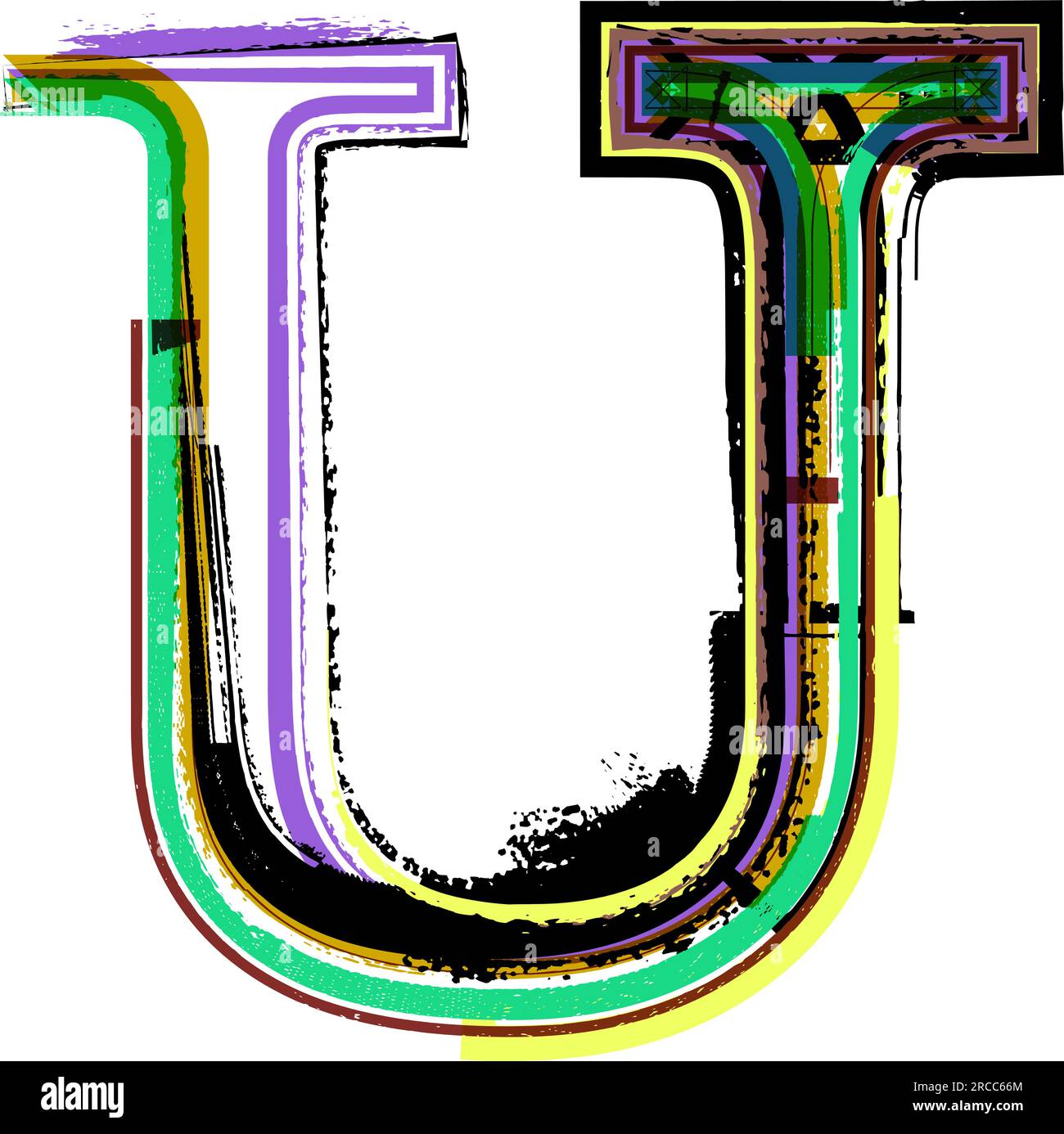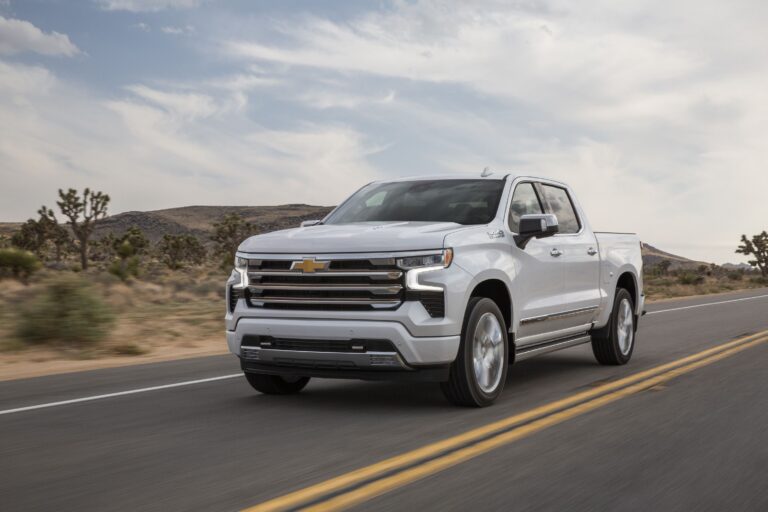U-Haul Open Trailer Sizes Chart Dimensions: Your Essential Guide to Smart Hauling
U-Haul Open Trailer Sizes Chart Dimensions: Your Essential Guide to Smart Hauling cars.truckstrend.com
Moving, hauling equipment, or transporting a vehicle often requires reliable and appropriately sized equipment. For countless DIY movers and individuals with specific hauling needs, U-Haul’s open trailers offer an invaluable solution. Far more versatile than just a moving truck, these open-air units are designed for everything from landscaping debris and ATVs to classic cars and household overflow. However, the key to a successful and stress-free hauling experience lies in understanding the U-Haul Open Trailer Sizes Chart Dimensions.
Choosing the right open trailer isn’t just about fitting your items; it’s about safety, efficiency, and cost-effectiveness. An undersized trailer could lead to overloading, instability, and potential damage, while an oversized one might be more challenging to tow, consume more fuel, and incur unnecessary rental costs. This comprehensive guide will delve into the intricacies of U-Haul’s open trailer fleet, providing detailed dimensions, practical advice, and a clear understanding of how to select the perfect trailer for your next project.
U-Haul Open Trailer Sizes Chart Dimensions: Your Essential Guide to Smart Hauling
Understanding U-Haul Open Trailers: An Overview
U-Haul categorizes its open trailers primarily into two types: Utility Trailers and Vehicle Transport Trailers (Auto Transport & Tow Dolly). Unlike enclosed cargo trailers, open trailers are exposed to the elements, making them ideal for items that are weather-resistant or need the flexibility of open-air loading.
Why choose an open trailer?
- Versatility: Perfect for irregular-shaped items, construction materials, landscaping waste, motorcycles, ATVs, and more.
- Ease of Loading/Unloading: Open design and often built-in ramps simplify getting items on and off.
- Cost-Effectiveness: Generally more affordable to rent than enclosed trailers or moving trucks for specific hauling tasks.
- Maneuverability: Smaller open trailers can be easier to maneuver than larger enclosed units or trucks, especially in tight spaces.

Key Dimensions and Capacities to Consider
When evaluating U-Haul open trailers, several critical dimensions and capacities come into play. Understanding these ensures you select a trailer that can safely and legally accommodate your load.
- Usable Deck Length: The internal length of the trailer bed where your cargo will rest. Ensure this is longer than your longest item.
- Usable Deck Width: The internal width of the trailer bed. Crucial for wider items like furniture or machinery.
- Side Wall Height (Utility Trailers): For utility trailers, this indicates how high the sides are, helping contain loose items or provide a stable tie-down point.
- Loading Ramp Length (if applicable): For trailers with ramps (like car haulers), this affects the incline angle, which is important for vehicles with low clearance.
- Payload Capacity: This is the maximum weight of cargo the trailer is designed to carry safely. Never exceed this limit.
- Gross Vehicle Weight Rating (GVWR): The maximum permissible total weight of the trailer when fully loaded (trailer’s empty weight + maximum payload). Your tow vehicle’s towing capacity must exceed the trailer’s GVWR.
- Hitch Ball Size Required: U-Haul trailers typically require a 1-7/8" or 2" hitch ball. Ensure your hitch receiver and ball match the trailer’s coupler.


U-Haul Open Trailer Categories and Their Dimensions
U-Haul offers a range of open trailers, each designed for specific hauling needs. Here’s a breakdown of their popular models and their typical dimensions:
1. Utility Trailers
Utility trailers are multi-purpose open trailers with low side walls, ideal for general hauling, landscaping, debris removal, and moving items that don’t fit inside a truck.
- 4×7 Utility Trailer:
- Ideal for: Small loads, landscaping materials, light equipment, ATVs, motorcycles.
- Key Features: Lightweight, easy to maneuver, usually has a ramp gate for easy loading.
- 5×8 Utility Trailer:
- Ideal for: Medium-sized loads, household items, furniture, appliances, small riding mowers.
- Key Features: A very popular general-purpose trailer, often with a ramp.
- 5×10 Utility Trailer:
- Ideal for: Larger furniture, building materials (plywood, lumber), multiple appliances, larger ATVs/motorcycles.
- Key Features: Provides extra length for longer items, often comes with a full-width ramp.
- 6×12 Utility Trailer:
- Ideal for: The largest utility needs, large equipment, multiple motorcycles, considerable amounts of lumber or debris, small vehicles (e.g., golf carts).
- Key Features: Offers significant capacity, usually has a full-width ramp, requires a more capable tow vehicle.
2. Vehicle Transport Trailers
These trailers are specifically designed for safely transporting vehicles.
- Auto Transport:
- Ideal for: Transporting most passenger cars, SUVs, and light trucks. The entire vehicle sits on the trailer.
- Key Features: Equipped with ramps, tie-down straps for all four wheels, and a low center of gravity for stability. Requires a substantial tow vehicle.
- Tow Dolly:
- Ideal for: Transporting front-wheel drive (FWD) vehicles, where only the front two wheels are on the dolly, and the rear wheels remain on the ground.
- Key Features: Lighter and more compact than an auto transport, easier to maneuver. Not suitable for all-wheel drive (AWD) or rear-wheel drive (RWD) vehicles without disconnecting the driveshaft.
U-Haul Open Trailer Sizes Chart Dimensions and Estimated Pricing
Here’s a detailed chart outlining the typical dimensions and capacities for U-Haul’s popular open trailers. Please note that dimensions can vary slightly by specific trailer model and year, and rental prices are highly dynamic. Prices depend on location, availability, duration of rental, and time of year. Always check the U-Haul website or call a local center for current pricing.
| Trailer Type | Nominal Size (LxW) | Usable Deck Length (Approx.) | Usable Deck Width (Approx.) | Side Wall Height (Approx.) | Ramp Length (Approx.) | Max Load Capacity (Approx.) | Hitch Ball Size Required | Estimated Daily Price Range* |
|---|---|---|---|---|---|---|---|---|
| Utility Trailers | ||||||||
| 4×7 Utility | 4′ x 7′ | 81" (6′ 9") | 48" (4′) | 18" | 48" (ramp gate) | 1,770 lbs | 1-7/8" | $14.95 – $19.95 |
| 5×8 Utility | 5′ x 8′ | 96" (8′) | 60" (5′) | 22" | 48" (ramp gate) | 2,210 lbs | 1-7/8" | $18.95 – $24.95 |
| 5×10 Utility | 5′ x 10′ | 120" (10′) | 60" (5′) | 22" | 48" (ramp gate) | 2,050 lbs | 2" | $24.95 – $32.95 |
| 6×12 Utility | 6′ x 12′ | 144" (12′) | 72" (6′) | 22" | 48" (ramp gate) | 2,670 lbs | 2" | $29.95 – $39.95 |
| Vehicle Transport Trailers | ||||||||
| Auto Transport | N/A | 145" (12′ 1") | 79.25" (6′ 7") | N/A | 48" | 5,290 lbs | 2" | $59.95 – $79.95 |
| Tow Dolly | N/A | N/A (for wheels only) | 79.5" (6′ 7.5") | N/A | Integrated | 3,450 lbs | 1-7/8" or 2" | $34.95 – $49.95 |
Disclaimer: All dimensions are approximate and may vary slightly by specific trailer model. Load capacities are maximums; always check the specific trailer’s placard. Estimated daily prices are illustrative and can vary significantly based on location, availability, demand, rental duration, and promotional offers. Always confirm pricing directly with U-Haul.
Choosing the Right Open Trailer: A Step-by-Step Guide
Making the best choice requires careful planning. Follow these steps to ensure you get the perfect U-Haul open trailer:
-
Assess Your Cargo:
- Measure Everything: Get precise length, width, and height measurements of your largest items.
- Estimate Weight: Weigh items if possible, or make a conservative estimate. Don’t forget the combined weight of all items.
- Consider Shape: Irregularly shaped items might need more space than their dimensions suggest for proper securement.
- Weather Sensitivity: If items are sensitive to rain or road debris, consider an enclosed trailer or proper tarping.
-
Know Your Tow Vehicle:
- Towing Capacity: Crucial! Your vehicle’s manual will state its maximum towing capacity. This must exceed the loaded weight (GVWR) of the trailer you intend to rent.
- Hitch Class: Ensure your vehicle has a properly installed hitch receiver of the correct class (Class I, II, III, IV, or V) to handle the trailer’s weight.
- Wiring Harness: You’ll need a functional 4-pin or 7-pin wiring harness for the trailer’s lights and brakes. U-Haul can often install these if needed.
- Hitch Ball: Verify you have the correct size hitch ball (1-7/8" or 2") for the trailer’s coupler.
-
Factor in the Journey:
- Distance: For longer hauls, comfort and stability are paramount. A slightly larger trailer might tow better.
- Terrain: Hills, winding roads, or adverse weather conditions demand a conservative approach to loading and tow vehicle capacity.
-
Budget Considerations:
- Beyond the daily rental rate, factor in fuel consumption (towing reduces MPG), insurance options (Safetow is recommended by U-Haul), and any necessary accessories like tie-downs or hitch equipment.
Practical Tips for Renting and Using U-Haul Open Trailers
- Reserve in Advance: Especially during peak moving seasons (summer, end of month), trailers can be scarce.
- Pre-Rental Inspection: Before driving off, thoroughly inspect the trailer for any existing damage, check tire pressure, lights, and ensure the coupler latches securely to your hitch ball.
- Load Safely and Evenly: Distribute weight with about 60% of the load in the front half of the trailer, over the axle, to prevent sway. Secure all items with appropriate straps or ropes. U-Haul locations sell various tie-downs.
- Drive Cautiously: Towing changes your vehicle’s dynamics. Allow for longer braking distances, make wider turns, and reduce your speed, especially on highways or in adverse conditions. Be aware of state-specific towing speed limits.
- Check Lights: Ensure all trailer lights (running, brake, turn signals) are working before every trip.
- Practice Backing Up: If you’re new to towing, find an empty parking lot to practice backing up before you’re in a stressful situation.
Challenges and Solutions
- Overloading:
- Challenge: Exceeding the payload capacity leads to trailer sway, tire blowouts, braking issues, and potential legal fines.
- Solution: Know your items’ weight. When in doubt, rent the next size up or make multiple trips. Never guess on weight.
- Improper Weight Distribution:
- Challenge: Too much weight at the rear causes dangerous "tail wagging the dog" sway; too much at the front can overload your tow vehicle’s rear axle and affect steering.
- Solution: Aim for 60% of the weight over the front half of the trailer, just ahead of the axle. Use appropriate tie-downs to prevent shifting.
- Tow Vehicle Incompatibility:
- Challenge: Trying to tow a trailer that’s too heavy for your vehicle’s capacity or lacking the correct hitch/wiring.
- Solution: Verify your vehicle’s towing capacity and hitch requirements before reserving. U-Haul can assist with hitch and wiring installations.
- Unfamiliarity with Towing:
- Challenge: Lack of experience can lead to accidents or difficult maneuvers.
- Solution: Watch U-Haul’s towing safety videos, read their guides, and practice in a safe, open area before hitting the road. Start slow and give yourself ample space.
Frequently Asked Questions (FAQ)
Q1: Can I rent a U-Haul open trailer without a hitch on my vehicle?
A1: No, you must have a proper hitch receiver, hitch ball (of the correct size), and a functional wiring harness for the trailer lights to rent any U-Haul trailer. U-Haul locations can often install these for you.
Q2: Do I need a special driver’s license to tow a U-Haul open trailer?
A2: In most US states and Canadian provinces, a standard Class D (or equivalent) driver’s license is sufficient for towing U-Haul’s non-commercial trailers, as long as the combined weight (tow vehicle + trailer + cargo) does not exceed specific limits (often 26,000 lbs). Always check your local Department of Motor Vehicles (DMV) regulations.
Q3: What’s the difference between an Auto Transport and a Tow Dolly?
A3: An Auto Transport is a full trailer where all four wheels of your vehicle rest on the trailer bed. A Tow Dolly only lifts the front two wheels of your vehicle, with the rear wheels remaining on the ground. Tow dollies are generally only suitable for front-wheel-drive vehicles; using them for RWD or AWD vehicles may require disconnecting the driveshaft.
Q4: How do I secure items in an open trailer?
A4: Use heavy-duty ratchet straps or ropes to secure all items directly to the trailer’s tie-down points. Ensure items cannot shift forward, backward, or sideways. Cover loose items with a tarp to prevent them from blowing out.
Q5: Is insurance included with the trailer rental?
A5: No, basic insurance is not typically included. U-Haul offers optional coverage plans like "Safetow" which can protect you from damage to the trailer and your vehicle, as well as liability. It’s highly recommended.
Q6: Can I tow a U-Haul open trailer with a car?
A6: It depends on the car’s specific towing capacity. Many smaller cars are not rated to tow even the smallest utility trailers. Always consult your vehicle’s owner’s manual for its maximum towing capacity before considering any trailer rental.
Conclusion
Navigating the U-Haul Open Trailer Sizes Chart Dimensions is more than just picking a number; it’s about making an informed decision that prioritizes safety, efficiency, and the successful completion of your hauling task. By understanding the specific dimensions, capacities, and intended uses of each U-Haul open trailer, you empower yourself to choose the perfect fit for your cargo and your tow vehicle.
Remember, a well-chosen and properly loaded trailer makes for a smooth and secure journey. Always err on the side of caution with weight and ensure your tow vehicle is up to the task. With the right U-Haul open trailer and adherence to safe towing practices, your next hauling project will be a breeze, getting your valuable items from point A to point B without a hitch – well, with the right hitch, of course!






